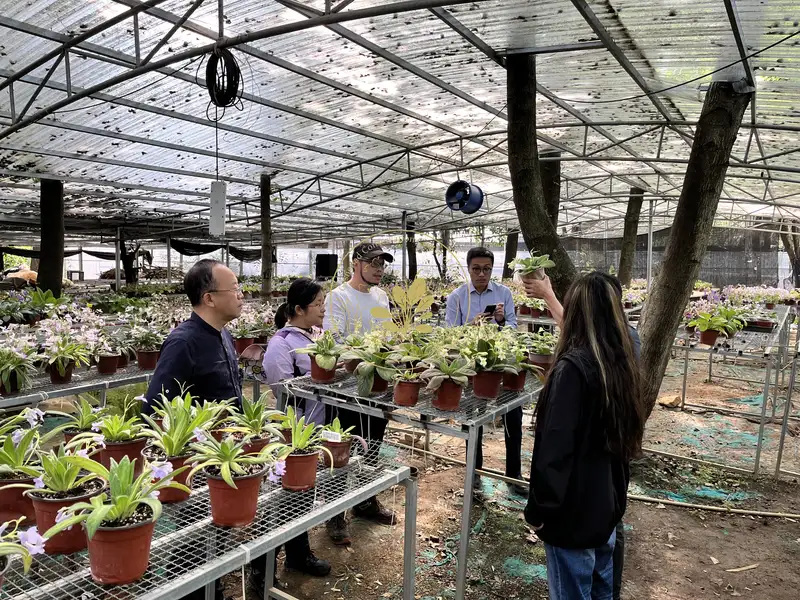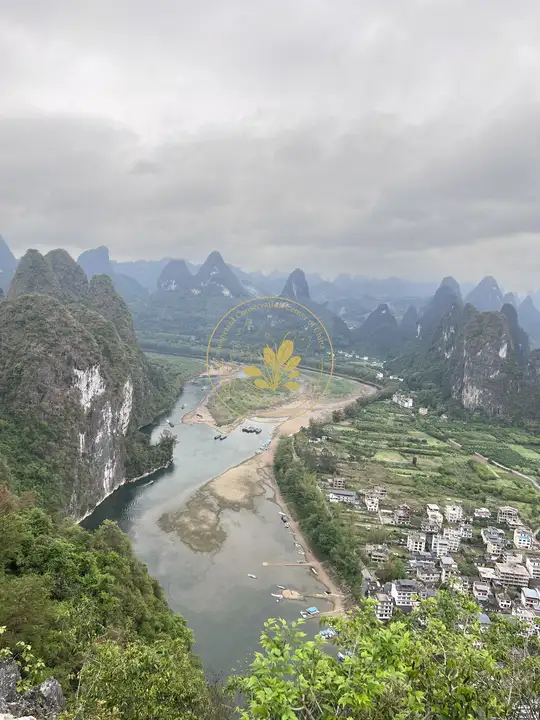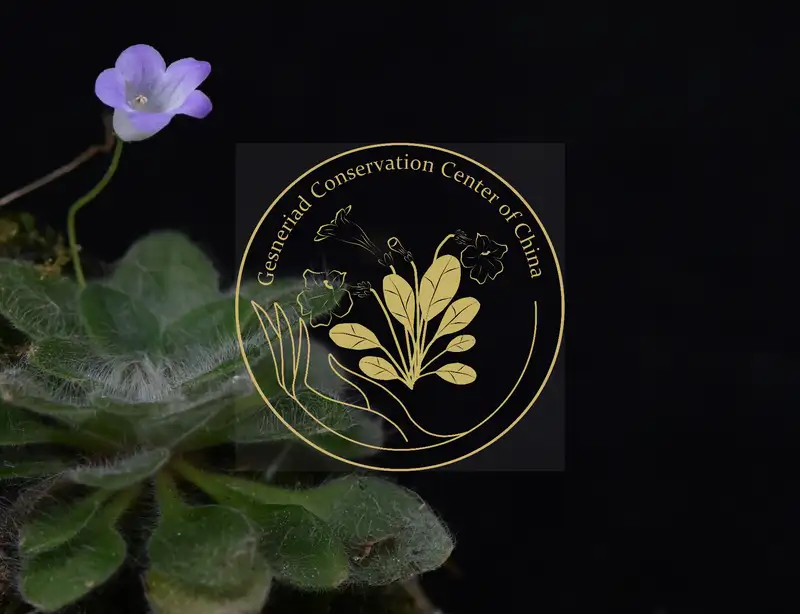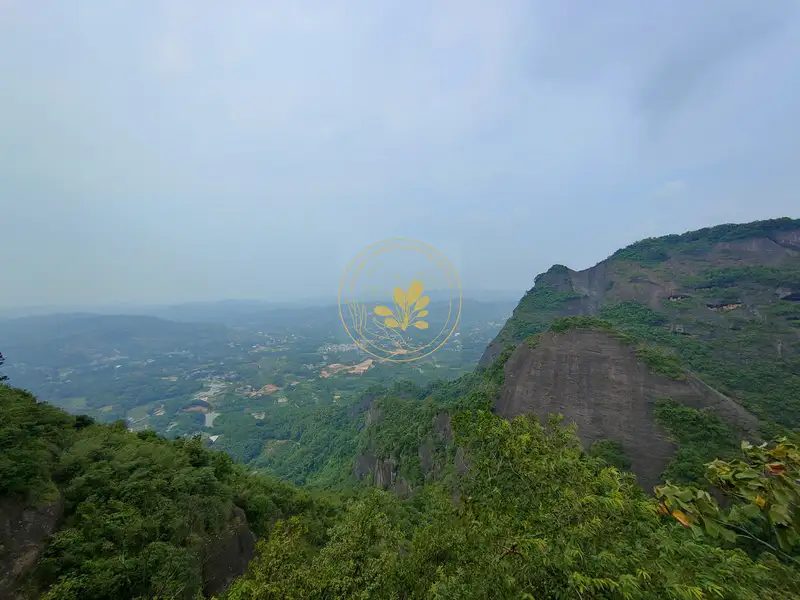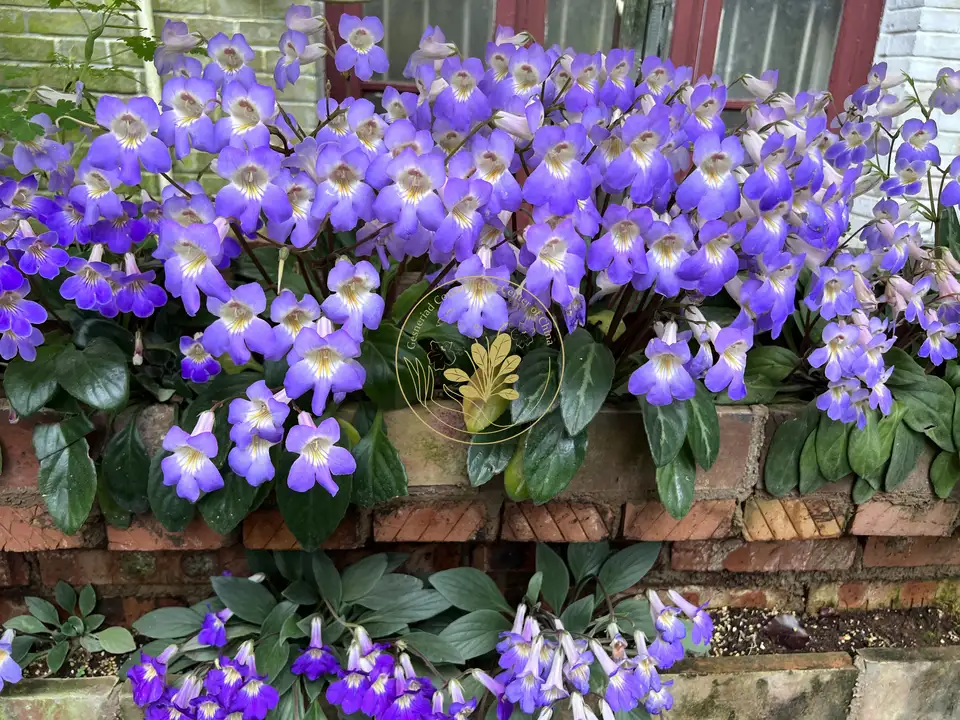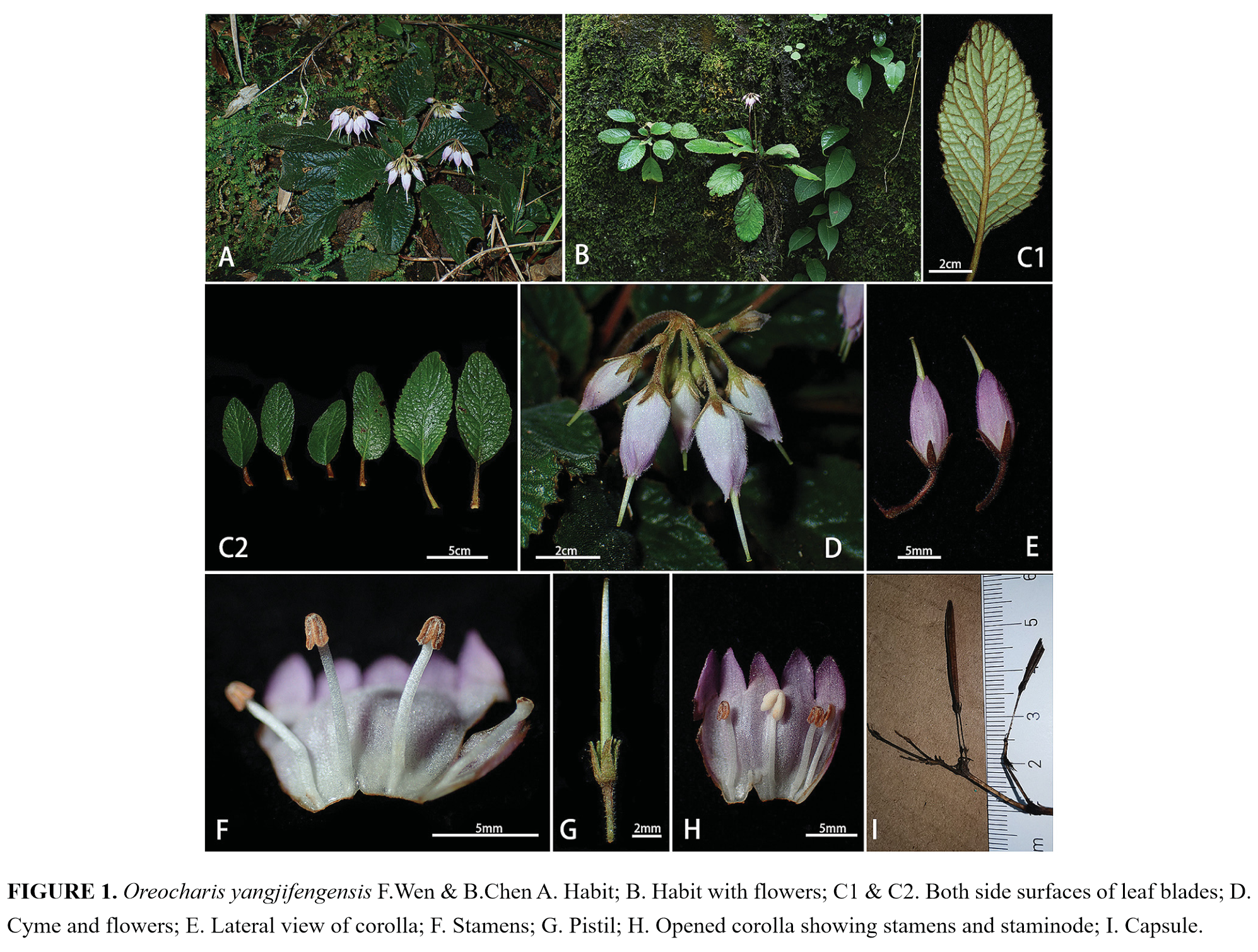Recently, a research article entitled ‘Discovery of a diverse cave flora in China’ has been published in the international Journal ‘PLOS ONE’ by the joint of Prof. Wei Yigang’s group from Guilin Botanical Garden and Dr. Alex Monro’s group from Royal Botanic Gardens, Kew. Prof. Wei Yigang is the corresponding author, and Alex Monro, Nadia Bystriakova and Fu Longfei are the co-first author. This is the second important achievement by Wei’s group since their research exhibited by the way of Poster in the conference of Botanical Society of Americain 2012.
Cave as the special habitat in karst landscape, its plant species diversity has long been ignored by humans.
This research is supported by numerous funds including
the project ofUK's Royal Societynamed ‘Systematics and biogeography of
cave-dwelling Elatostema’ joint
applied by Wei and Alex in 2009, and the Bentham Moxon
Trust for the conservation of species, a Royal Society travel award and Special
Funds of the Natural History Museum, London. It was also supported by the STS
Program of the
Over the course of the study, 61 caves were investigated,
418 species of vascular plants were recorded, 31 (7%) of which being endemic to
caves and 37% of which endemic to
From 50s to 70s of last century, forests in
The research was also released in the following websites:
Royal Botanical Gardens, Kew:
Daily Science:
https://www.sciencedaily.com/releases/2018/02/180207151850.htm
The Washington post:
Link to the paper:
http://journals.plos.org/plosone/article?id=10.1371/journal.pone.0190801
The below pictures are the cave-dwelling Gesneriaceae plants.
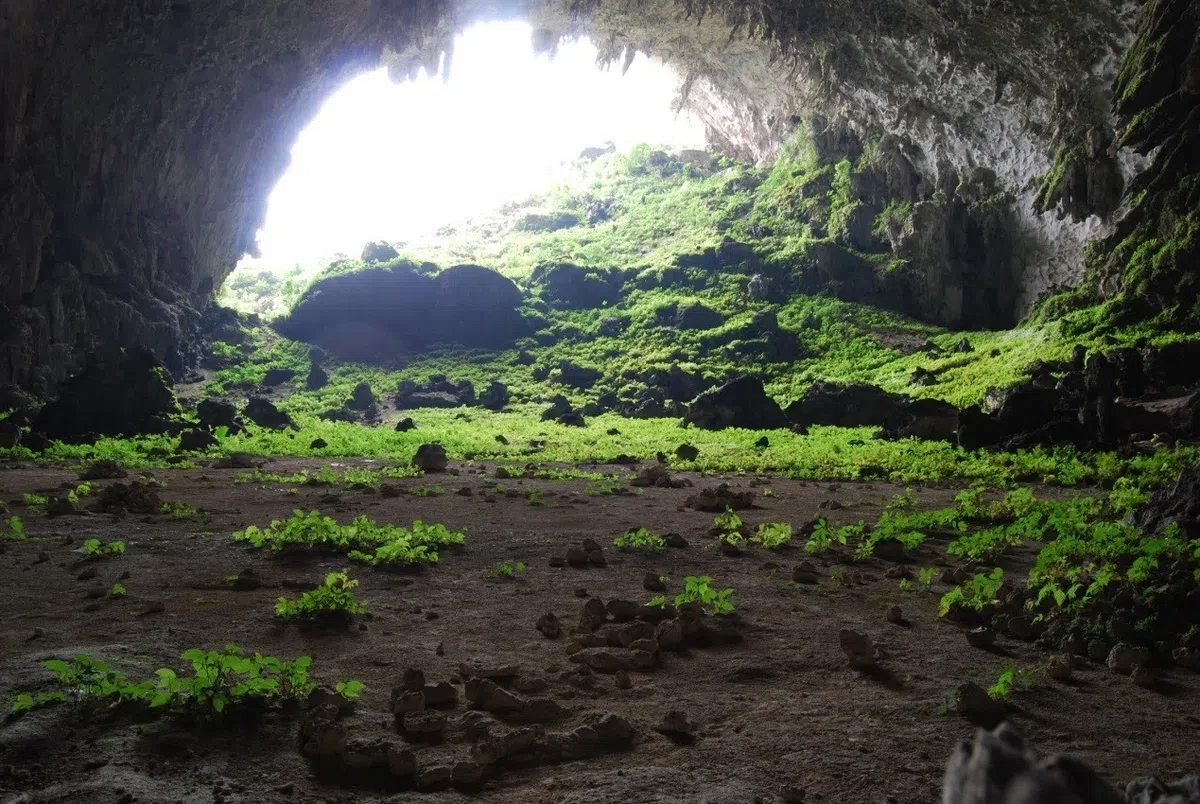
Figure 1 The famous cave,
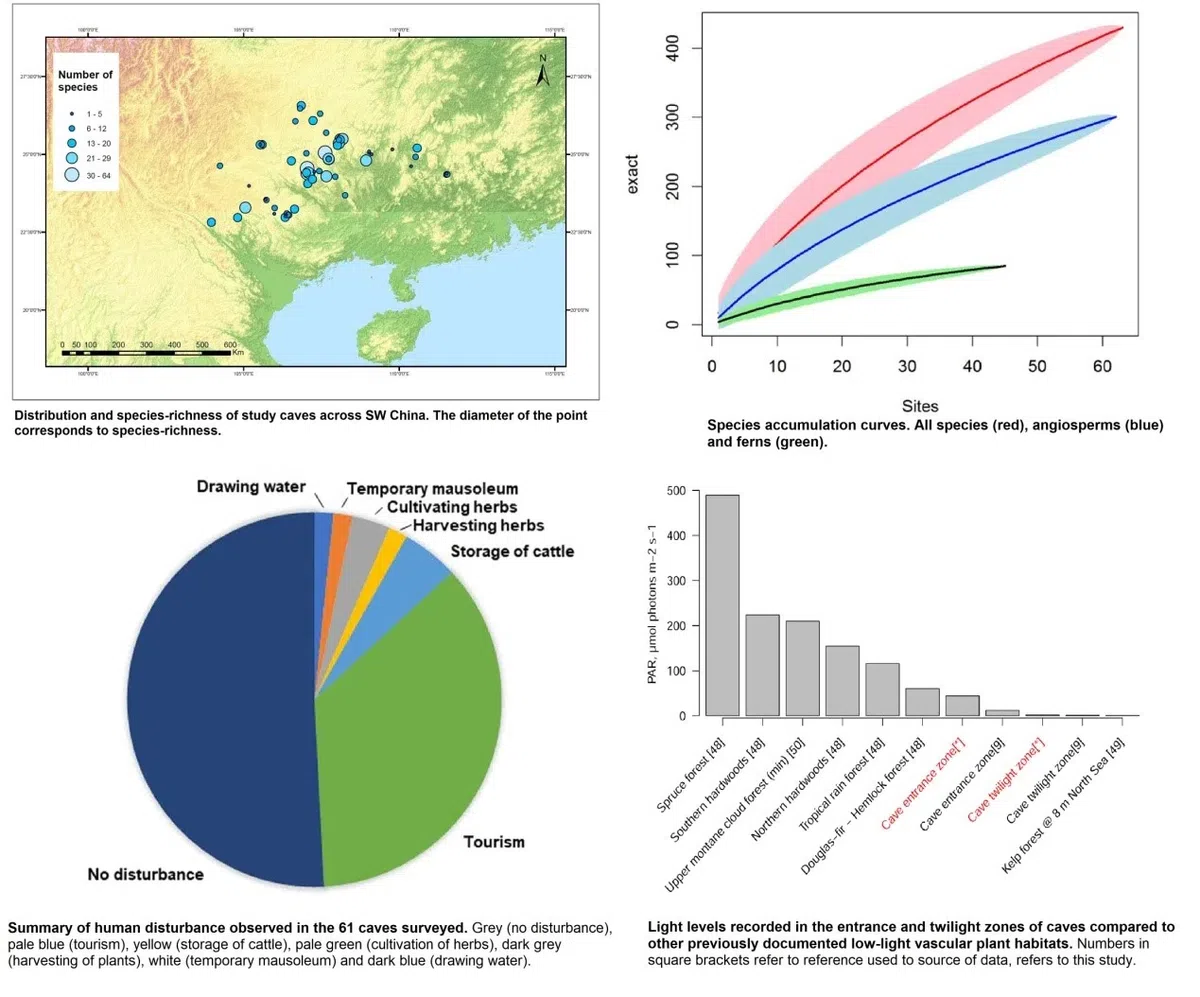
Figure 2 Some figures in this interesting article
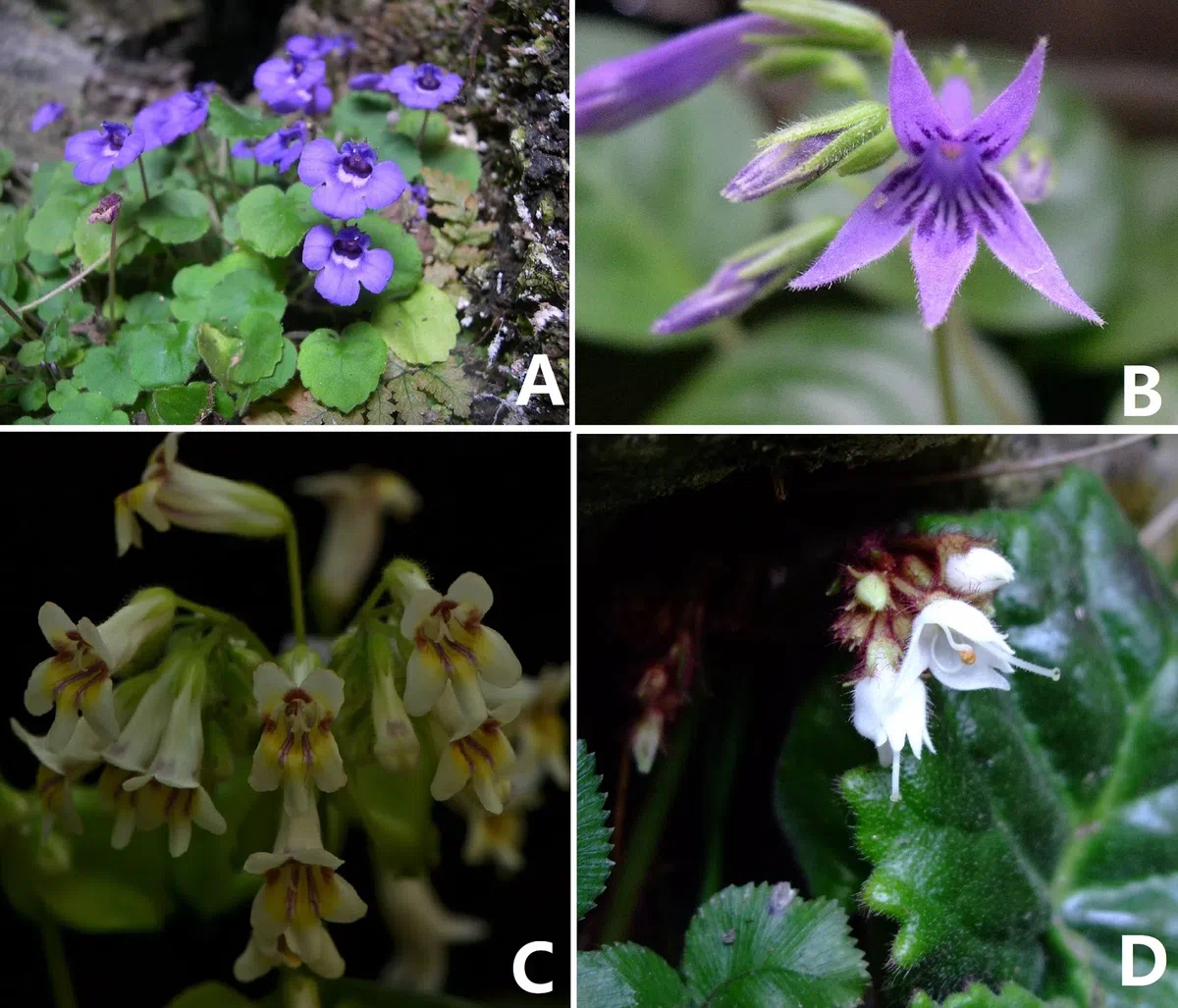
Figure 3 Some cave-dwelling Gesneriaceae plants. (A.Petrocosmea martini(Lévl.) Lévl.; 2. Petrocodon integrifolius (D.Fang & L.Zeng) A.Weber & Mich.Möller;3. Primulina versicolor F. Wen, B. Pan & B.M. Wang; 4. Allocheilos cortusiflorum W.T. Wang)



